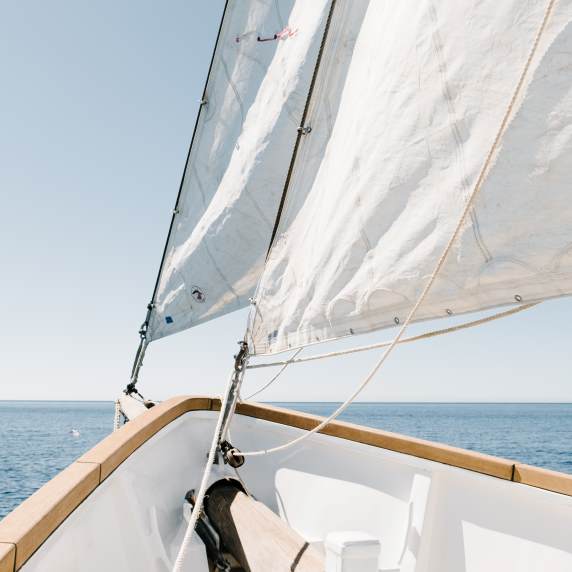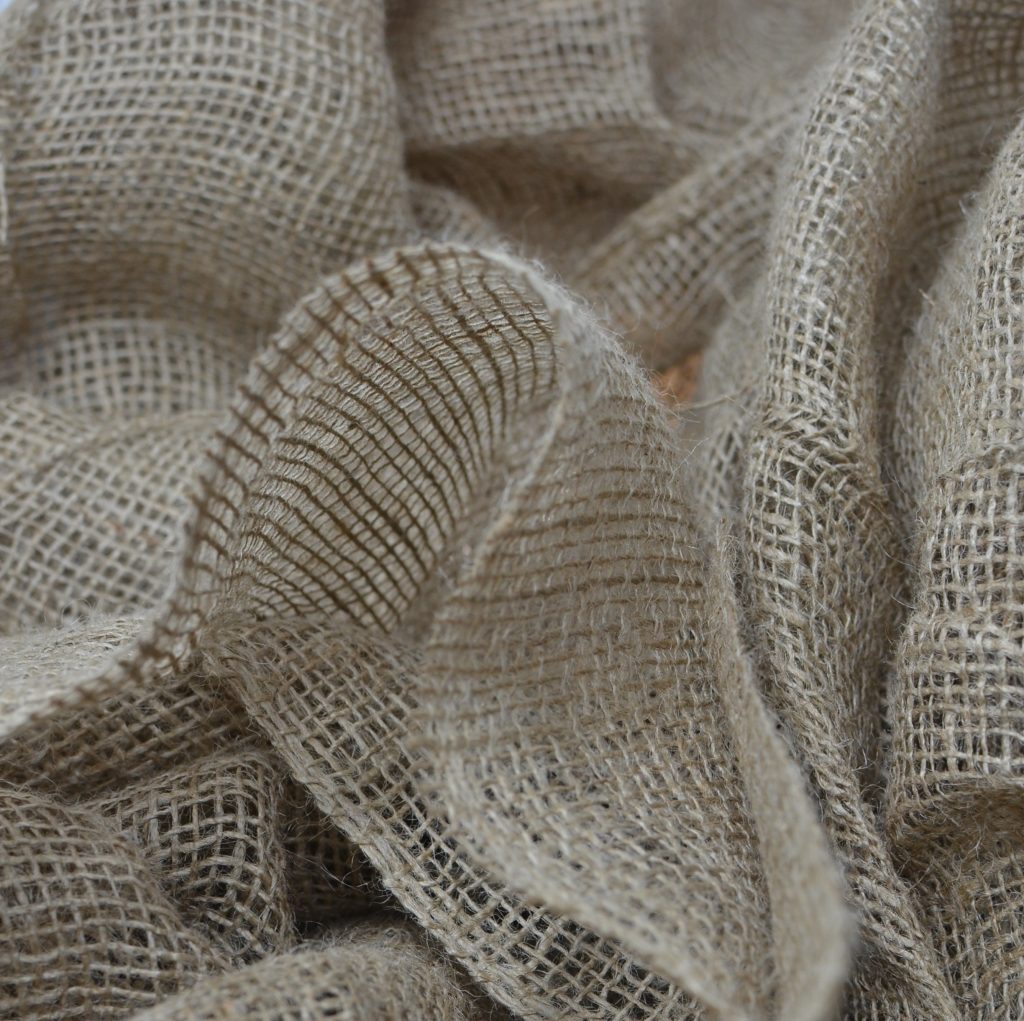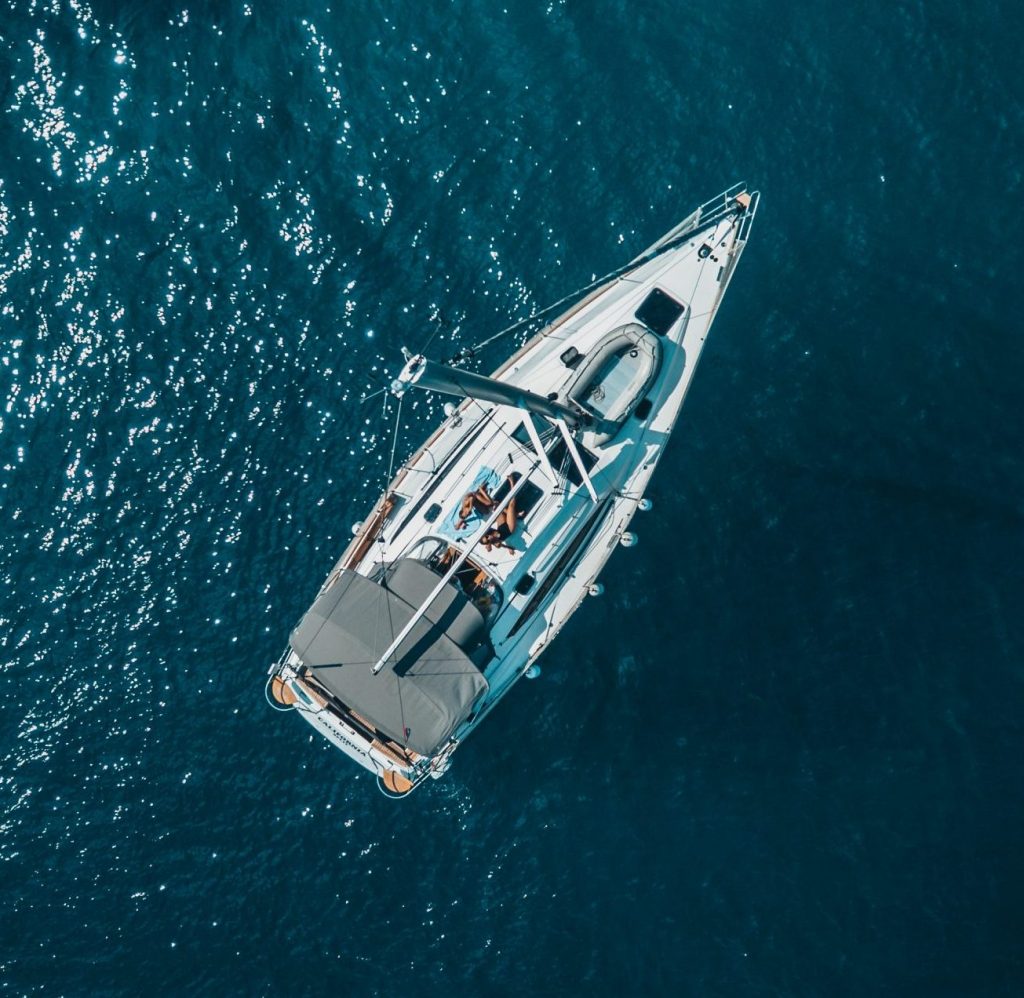Naval architecture, a field traditionally rooted in conventional methods and materials, is undergoing a radical transformation thanks to the introduction of natural fiber composite materials. At the heart of this evolution is the company “OX EYE”, which seeks to redefine industry standards through an innovative approach to shipbuilding.
An Unconventional Material Approach
Natural fiber composites, such as flax, hemp and jute, are at the heart of the OX EYE proposition. In contrast to traditional marine materials such as steel and aluminum, these fibers offer ecological advantages, including their renewable nature and low carbon footprint. However, the integration of these fibers into naval architecture raises questions about their durability and adaptability to the rigors of the marine environment.
Rethinking shipbuilding
OX EYE stands out primarily for its mold-free manufacturing technology, a method that eliminates the use of costly and constraining molds for shipbuilding. This approach appears promising in terms of cost reduction and design flexibility, but also raises concerns about the accuracy and consistency of the structures produced. The potential benefits of this technology require careful evaluation to determine whether it can withstand the rigorous standards of the shipbuilding industry.
A delicate balance
Another aspect of the OX EYE proposal is the integration of topological optimization, a complex computer-aided design method aimed at optimizing material distribution for maximum performance. However, the results of this method can vary depending on input parameters and assumptions, raising questions about the reliability and predictability of this approach in naval architecture.
Transition challenges
While there is growing interest in the OX EYE approach, it is essential to recognize the challenges associated with the widespread adoption of these materials and methods. Corrosion resistance, durability in hostile marine environments and compliance with stringent maritime safety regulations are all complex issues that OX EYE will need to address to prove the effectiveness of its proposition.
Conclusion
The introduction of natural fiber composites into naval architecture through OX EYE is a step towards a more environmentally-friendly and potentially more economical industry. However, the revolution heralded by this company requires careful evaluation of the technical and commercial viability of its proposals. The future of these materials in the marine industry will depend on their ability to solve the technical, operational and environmental challenges ahead.









